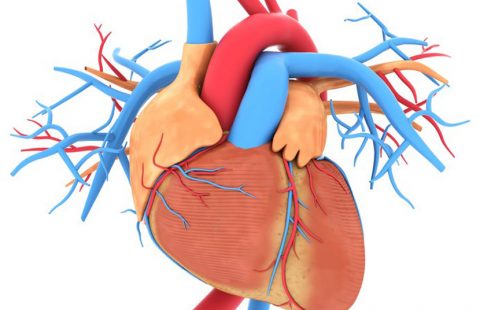Dr. Federico MINGOZZI, Team Leader of the Immunology and Liver Gene Transfer unit at Généthon, (Inserm U951/UPMC), France, has demonstrated the long-term efficacy of an optimized AAV-UGT1A1 vector for the correction of Crigler-Najjar syndrome (CN) in two different animal models of the disease. This work, published in July 20, 2016 in Molecular Therapy Methods and Clinical Development was supported by the AFM-Telethon.
Crigler-Najjar syndrome (CN) is a rare inherited liver disorder characterized by a deficiency of the enzyme UDP-glucuronosyltransferase 1A1 (UGT1A1). This enzyme converts bilirubin, a yellow pigment, into conjugated bilirubin. After conjugation, bilirubin becomes water soluble and is excreted in the bile and further eliminated from the organism. UGT1A1 enzyme deficiency leads to the accumulation of bilirubin in all body tissues, especially in the brain. If not treated, the brain accumulation of bilirubin leads to neurological damage and death.
Currently, treatment of CN is based on the ability of blue light to degrade bilirubin. Based on that, patients are exposed to phototherapy for 10 to 12 hours per day. Although the treatment is relatively efficacious and keeps bilirubin under the toxicity level it presents several disadvantages. In fact the long phototherapy sessions prevent patients from conducting a normal life, resulting in lack of compliance and other issues. Additionally, the time of exposure to phototherapy increases with the age due to the decreased body surface/mass ratio, and the therapy does not prevent potentially lethal bilirubin spikes associated for example with trauma or infections. The only curative treatment for CN is liver transplantation, which also presents significant potential risks and long-term complications.
Hence, gene therapy represents an alternative curative option to correct the genetic defect, restore the enzyme expression and the consequent bilirubin conjugation. Researchers at Genethon have designed an optimized AAV vector expressing the UGT1A1 transgene and tested it in two animal models of Crigler-Najjar syndrome, the Gunn rat and in UGT1A1 deficient mouse.
Following a single administration of the therapeutic vector, the researchers observed safe and efficient correction of the disease, with disappearance of bilirubin from serum consequent to restoration of the UGT1A1 activity in liver. Animals were followed for more than one year after vector injection, demonstrating long-lasting efficacy of the approach.
This work is the result of the coordinated efforts of a European Network of collaborators that includes the laboratory of Dr. Mingozzi at Genethon, the laboratories of Dr. Bosma at the Academic Medical Center in the Netherlands and Dr. Muro at the International Centre for Genetic Engineering and Biotechnology in Italy, the Crigler-Najjar patients associations of France, Italy and the Netherlands, and several clinical centers in Europe.
Based on these results, Genethon researchers are now preparing a phase I/II clinical trial that will open for enrollment in the near future.

